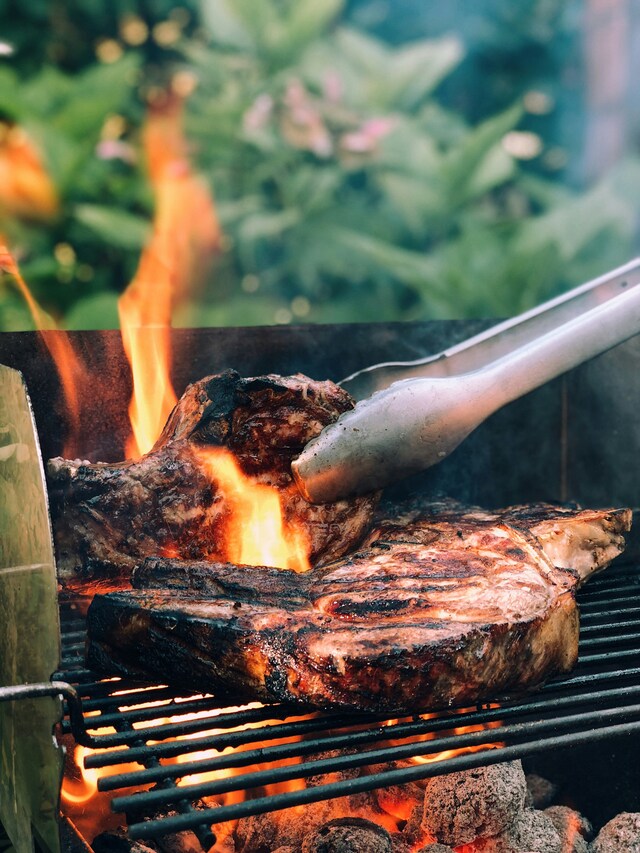Recently a visitor to the Old Lilydale Court House commented on how he loved reading Sandy Ross’ publication What’s Behind the Name? The history of 50 street names of Lilydale.
It reminded me of how difficult it is now to get a park, street or place named as there are so many protocols and organisations which have to be consulted – not just the local council.
In 1892, our councillors had no such restraints. With the growth of towns throughout Lillydale Shire, the time came when the road to Mr Jones house was no longer appropriate, particularly if he had died or moved on.
Council’s solution was to appoint a sub-committee to look at the issue and report back to the council meeting of Saturday, December 17, 1892. The committee’s recommendations were that the south-western riding (Ringwood, Croydon, Mooroolbark and the Dandenongs) should use the names of United Kingdom cities; Eastern Riding (Wandin, Seville and Silvan) the names of foreign cities and the North-western Riding (Lilydale, Coldstream, Yering and Gruyere) use Christian names.
It was agreed the councillors should be given the list of roads and the proposed names as they could perhaps improve on them. Cr John Kerr argued if the name was a respectable one it should remain. However if it was unnamed or had a ridiculous name, he said it should have a new name.
Wanting to think about it, councillors deferred the item to the next meeting where each riding reported on progress being made.
A month is a long time in local politics and the councillors had a change of heart. Eastern Riding’s Cr Smith demonstrated how confusing naming roads after foreign cities would be:
“Supposing a man was travelling on the main road at Seville and wished to get to South Wandin. He would certainly be perplexed if, after making inquiries, he was told to go on to Constantinople, and then turn to the right and go to Sebastapool, and then to the left to St Petersburg, and then to Timbuctoo. Turn sharp to the right and you will come to the school. That is South Wandin. Or, again, a man comes to a junction of three roads and spies a finger-post. He expects to get information from this, and approaches it and sees – To Potsdam, to Amsterdam, to Rotterdam. In fact the man sees so many dams that he gets away as quickly as possible.” (Lilydale Express February 3,1893)
Instead, Cr Smith believed it would be better to use the names of pioneers of the district and if there were not enough, then use the names of the best men of the colony.
The council agreed and referred the matter back to the sub-committee and agreed that the councillors of each riding draw up a list of names.
By March 1893, real progress had been made with the Eastern Riding industriously naming its roads, many after the district’s pioneers.
North-western Riding was slow to act but it also named many of its roads after local pioneers. South-western Riding preferred English cities so today we have Colchester, Hull and Sheffield roads to name but a few.
If anyone would like to buy a copy of What’s Behind a Name? call into the Old Lilydale Court House, 61 Castella Street, order it on-line from our shop at lilydalehistorical.com.au. Cost $7 plus postage. For more information about our society, email us at info@lilydalehistorical or call Sue Thompson on 0475 219 884.







